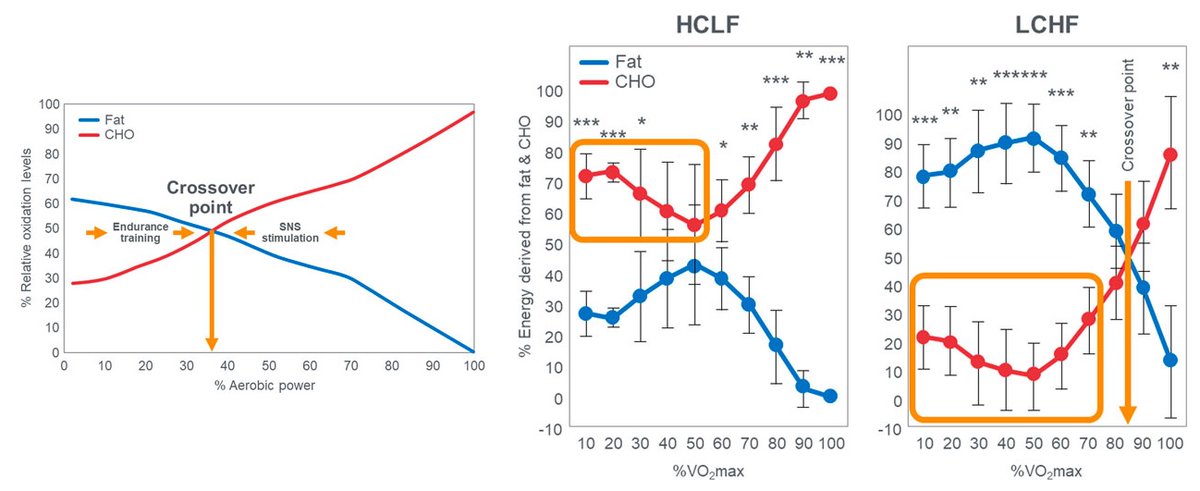Interestingly, using NMR spectroscopy, this one suggests that newly manifest type 2 diabetes-associated dyslipoproteinemia does not significantly change the total concentrations of the lipoproteins produced in the liver, but selectively their subclass distributions.
- In the present study, German long time blood donors that were assumed to be healthy according to the rules applying for blood donors were examined.
Impaired fasting glucose, impaired glucose tolerance or manifest type 2 diabetes were not known for this group before they were included in this study.
Their metabolic state was determined by the “gold standard” OGTT.
- "This apparently short history of impaired glucose metabolism may also influence the actually observed apolipoprotein concentrations in T2D...
"...Therefore, the metabolic changes described in this study may better characterize the effect of “pure” insulin resistance of diabetes on the lipoprotein profile...
"...and not other concomitant metabolic changes that are known to be partly causative for the development of T2D as the metabolic syndrome."
- Contrary to other studies, type 2 diabetes-associated dyslipoproteinemia was not correlated with significant changes in the total concentrations of the lipoproteins produced in the liver under fasting and non-fasting conditions but selectively their subclass distributions:
In contrast to other studies, a general concentration decrease of all LDL particles was observed, that was most prominent for the smallest LDL particles.
Under fasting conditions, manifest type 2 diabetes exhibited a concentration increase of the smallest HDL particles combined with a decrease in all other HDL subclasses.
- In contrast to the lipoproteins produced in the liver, under non-fasting conditions, persons with impaired fasting glucose, impaired glucose tolerance or type 2 diabetes showed a substantial increase of plasma concentrations of lipoproteins produced in the intestinal tract:
Under non-fasting conditions, a large increase of the concentrations of VLDL and chylomicrons was observed for all groups with impaired fasting glucose and/or impaired glucose tolerance and most prominently for manifest type diabetes.
NMR derived changes of lipoprotein particle concentrations related to impaired fasting glucose, impaired glucose tolerance, or manifest type 2 diabetes mellitus (open access)
doi.org/10.1186/s12944…
#MetabolicSyndrome #InsulinResistance #Cholesterol #Triglycerides #Diabetes
doi.org/10.1186/s12944…
#MetabolicSyndrome #InsulinResistance #Cholesterol #Triglycerides #Diabetes
• • •
Missing some Tweet in this thread? You can try to
force a refresh

 Read on Twitter
Read on Twitter








